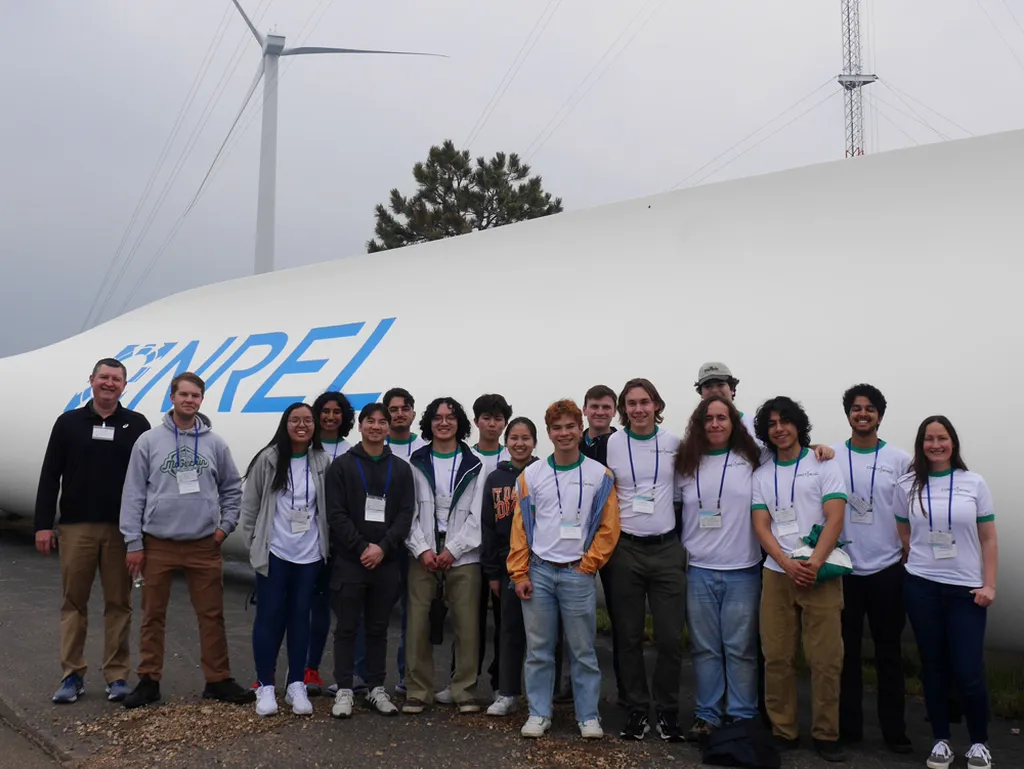Researchers from the University of Texas at Dallas, including Bowen Du, Jingshan Zhu, Baoliang Li, Mingwei Ge, Xintao Li, and Yongqian Liu, have developed a new model to predict the turbulence kinetic energy (TKE) added by wind turbine wakes in the atmospheric boundary layer. This research, published in the journal Renewable Energy, aims to improve the understanding of wake recovery mechanisms and provide a practical tool for engineering applications in the wind energy sector.
The study introduces a novel model that can accurately predict the three-dimensional spatial distribution of wake-added TKE using basic inflow and wind turbine operation conditions as inputs. The model consists of two main components: one that calculates the azimuthally-averaged wake-added TKE and another that determines the ground effect correction function. The researchers derived the azimuthally-averaged wake-added TKE from an analytical solution of the corresponding TKE budget, while the ground effect correction function was determined using a unified functional form due to its self-similarity.
To ensure the model’s practicality, the researchers developed methods for determining all free parameters based on large-eddy simulation (LES) cases. This resulted in an end-to-end prediction framework that can be directly applied to engineering projects. The model’s accuracy was validated using LES and wind tunnel experiment data from various inflow and turbine operating conditions. The comparison results showed that the model could accurately predict the spatial distribution of wake-added TKE, particularly capturing the vertical asymmetry of wake-added TKE and the streamwise evolution of the hub-height wake-added TKE profile. The averaged normalized mean absolute error of the proposed model across all validation datasets was only 8.13%, demonstrating its robustness and broad applicability.
This research has significant implications for the wind energy industry. Accurate prediction of wake-added TKE is crucial for optimizing wind farm layouts and improving energy production efficiency. By providing a reliable tool for predicting TKE, this model can help engineers design more efficient wind farms and reduce the impact of turbulence on wind turbine performance. The practical applications of this model can contribute to the advancement of wind energy technology and support the growth of renewable energy sources.
This article is based on research available at arXiv.

